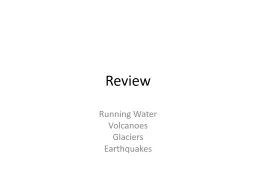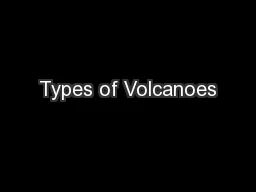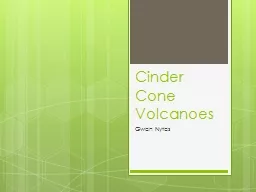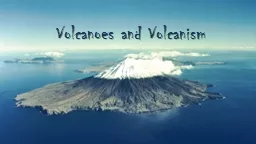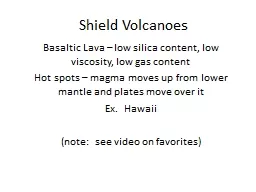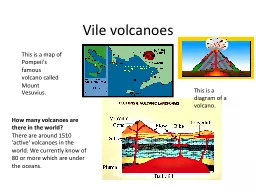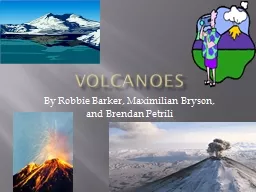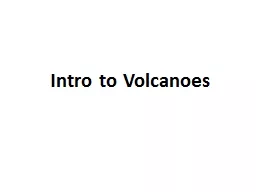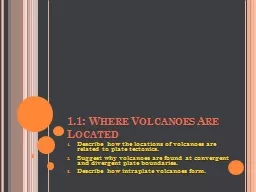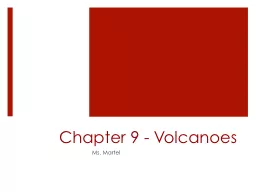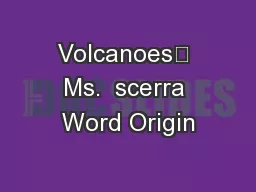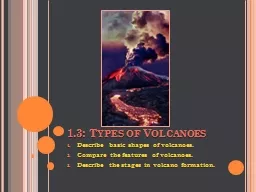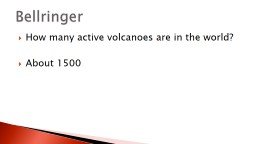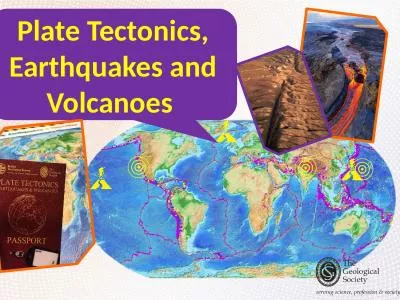PPT-Review Running Water Volcanoes
Author : debby-jeon | Published Date : 2018-10-25
Glaciers Earthquakes Rivers GEOL 131Running Water GEOL 131Running Water GEOL 131Running Water Precipitation and snowmelt can Infiltrate absorbed into ground becomes
Presentation Embed Code
Download Presentation
Download Presentation The PPT/PDF document "Review Running Water Volcanoes" is the property of its rightful owner. Permission is granted to download and print the materials on this website for personal, non-commercial use only, and to display it on your personal computer provided you do not modify the materials and that you retain all copyright notices contained in the materials. By downloading content from our website, you accept the terms of this agreement.
Review Running Water Volcanoes: Transcript
Download Rules Of Document
"Review Running Water Volcanoes"The content belongs to its owner. You may download and print it for personal use, without modification, and keep all copyright notices. By downloading, you agree to these terms.
Related Documents

